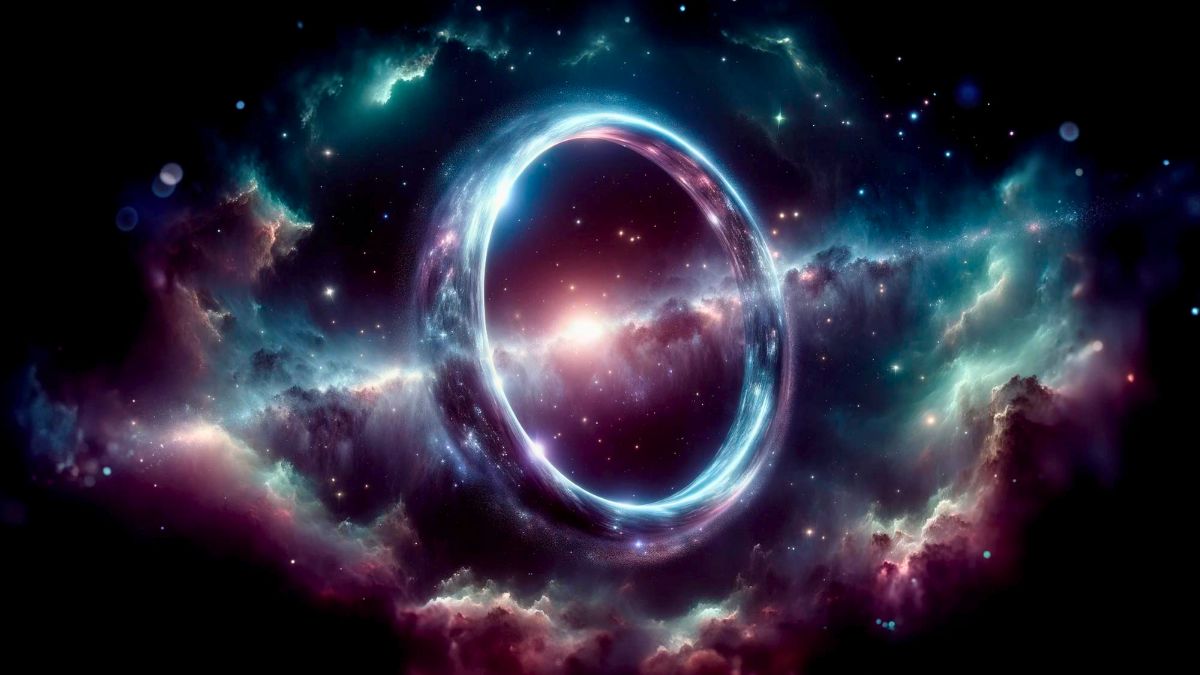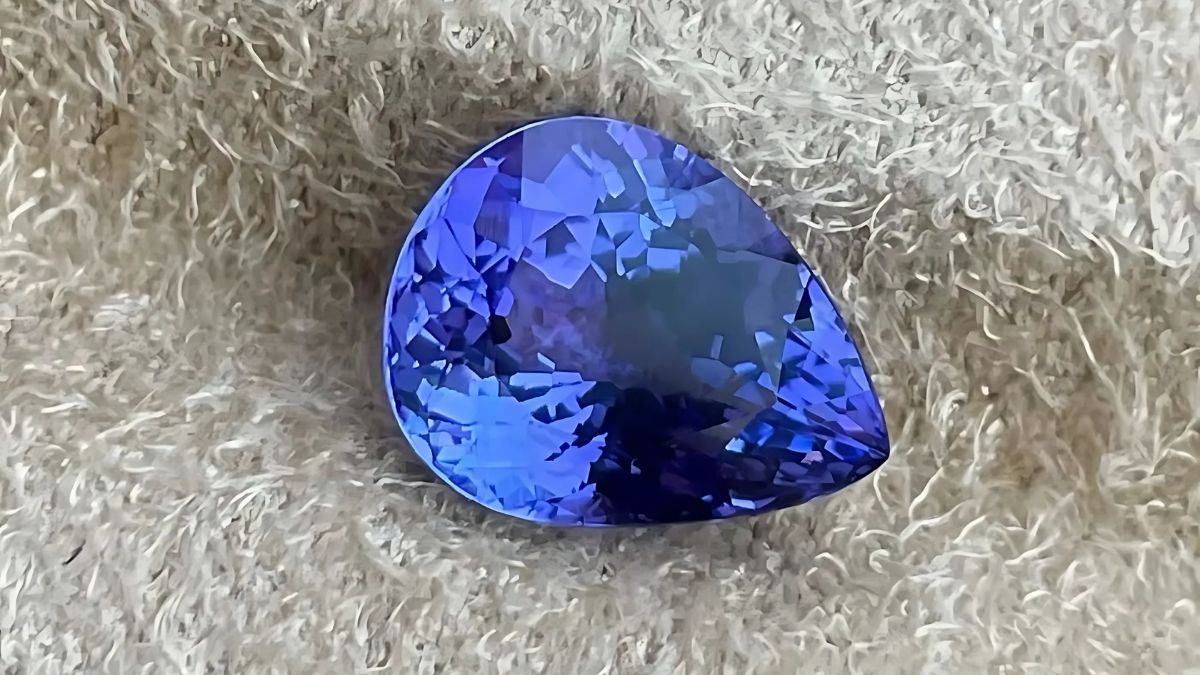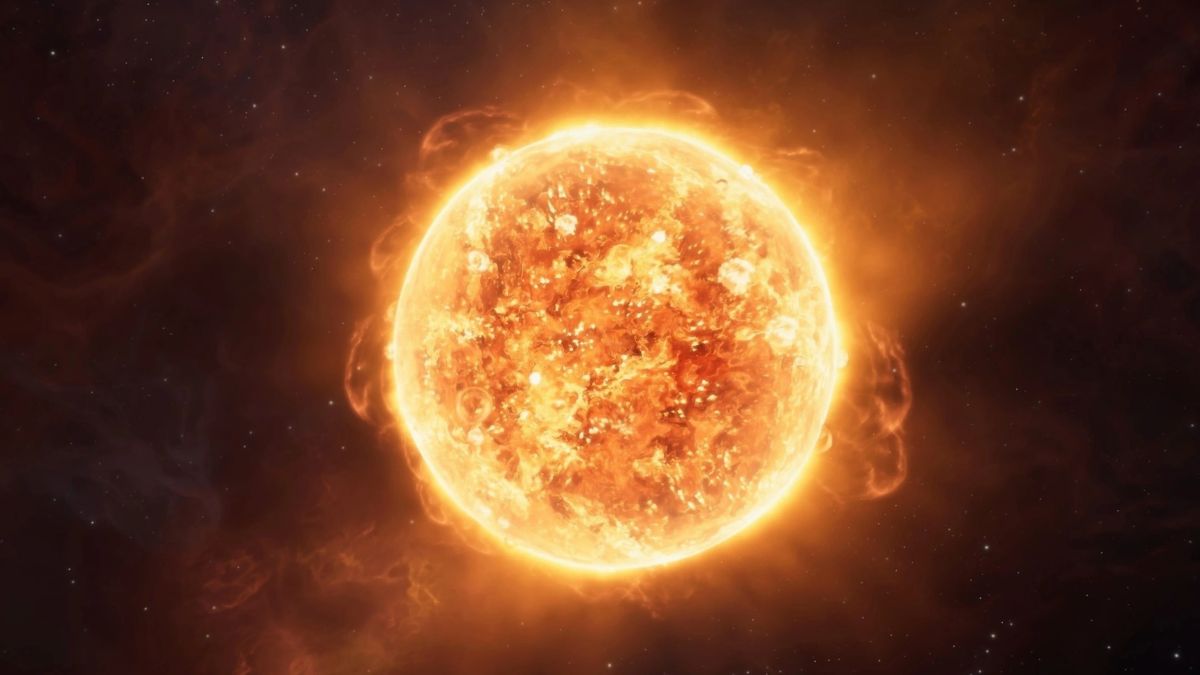For decades, scientists believed the universe was simple—at least in one specific way. The idea was that, on a large enough scale, everything out there is pretty evenly spread out. A galaxy here, a cluster there, but overall? Smooth, balanced, and uniform. But now, a mind-blowing discovery has turned that idea upside down. Say hello to the Giant Arc, a structure so massive and unexpected, it’s forcing us to question the very foundations of modern cosmology.
Discovery
This cosmic shake-up started not with a billion-dollar telescope, but with a young British cosmologist named Alexia Lopez. While working on her sky-mapping project, she used light from over 120,000 quasars—extremely bright cores of distant galaxies—to map what’s between Earth and the distant universe.
But Lopez wasn’t looking at the quasars themselves. Instead, she studied how their light was dimmed by clouds of gas and dust in between. Specific elements like magnesium leave tiny imprints in the light spectrum when they absorb it—like fingerprints left on glass. These clues helped her create a three-dimensional map of the hidden universe.
That’s when something huge appeared.
Structure
At first glance, it looked like a random curve—a weird coincidence. But statistical analysis proved otherwise. There was only a 0.0003% chance that the pattern was accidental. What Lopez had found was real, and it was massive.
Here’s how massive:
| Feature | Measurement |
|---|---|
| Length | 3.3 billion light-years |
| Width | 330 million light-years |
| Distance from Earth | 9.2 billion light-years |
| Coverage | 1/15 of the observable universe |
To put that into perspective, the Giant Arc is nearly three times larger than what current models say is possible. Scientists believed no cosmic structure should exceed 1.2 billion light-years—this one laughs in the face of that limit. It even dwarfs the Sloan Great Wall, which was previously one of the biggest known structures in the universe.
Principle
And here’s the kicker: this discovery might break the Cosmological Principle.
That’s the idea that the universe is homogeneous and isotropic at large scales. In simpler terms, the universe should look the same in every direction, with no special spots. The Giant Arc says otherwise.
It’s not alone, either. Similar megastructures like the South Pole Wall and the Hercules–Corona Borealis Great Wall are piling up. As French cosmographer Daniel Pomarède puts it, these anomalies may no longer be rare blips—they’re starting to look like cosmic rule-breakers.
Implications
If this continues, scientists will need to rethink everything from gravity on large scales to how galaxies formed billions of years ago. These enormous structures hint at areas where matter gathered far more densely than our models allow. That means either the models are missing something—or we never fully understood the rules in the first place.
And remember, the Giant Arc is ancient. The light from it started its journey over 9 billion years ago, showing us what the universe looked like when it was still growing up. In a way, it’s a time machine, revealing a version of the cosmos that might be more chaotic and structured than we ever imagined.
Future
So, what now? Scientists need to dig deeper—literally and figuratively. New surveys and tools, like the Vera C. Rubin Observatory, are expected to flood researchers with 10 million alerts per night, painting a sharper picture of the night sky. As we map more of the cosmos, who knows how many more “impossible” structures we’ll find?
One thing is clear: the universe isn’t as uniform or predictable as we thought. And that’s exciting.
FAQs
What is the Giant Arc?
A massive cosmic structure 3.3 billion light-years long.
Who discovered the Giant Arc?
It was discovered by cosmologist Alexia Lopez.
Why is it controversial?
It challenges the Cosmological Principle of uniformity.
How old is the Giant Arc?
The light from it is over 9 billion years old.
Will science models change now?
Possibly—this discovery may require major revisions.





















